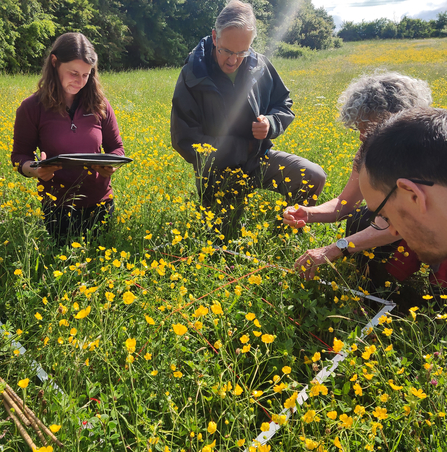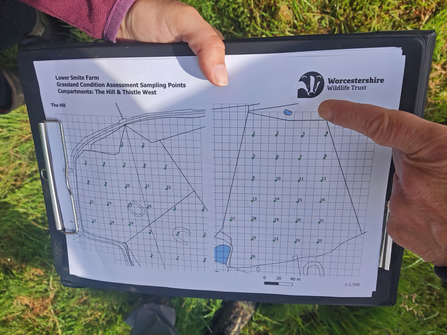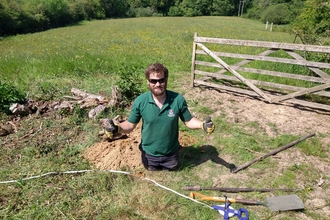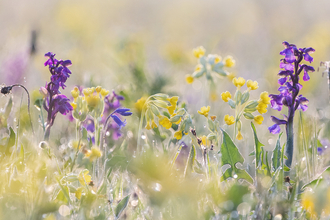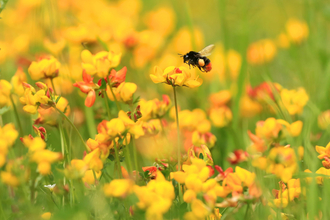Meadows are overlooked by many. I’m ashamed to say that this included me. It’s no secret that I preferred the most dramatic landscapes, those carved by glaciers. On a mountainside, you are surrounded by distances too far to traverse and objects too massive to fully comprehend. Humbling, really. Yet something changed during this traineeship. I got the nagging suspicion that my preferences have caused me to overlook that which should not be overlooked. It’s often the smallest parcels of countryside - full of plants that could be considered unassuming - that contain the most splendour, intricacy and dynamism.
The suspicion materialised on a Tuesday morning. May had been notable for its near-constant sunshine, interspersed with short, heavy bouts of rain. Ideal growing conditions. As I stood in a sunny carpark, I watched the morning wave of officers filing out of the barn at Lower Smite as they set off across the county. Most days, I would join them but as the rush died down, I remained in the car park with a growing group of people. I’d heard the farm volunteers referenced many times but this was my first time of meeting them. In fact, it was a tragedy that I hadn’t explored Lower Smite Farm at all; it's not just the base of operations for the Trust, it also showcases environmentally-friendly farming techniques - all made possible by the farm volunteers.


